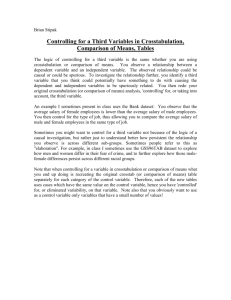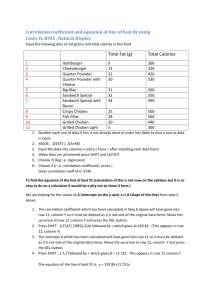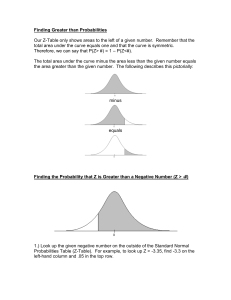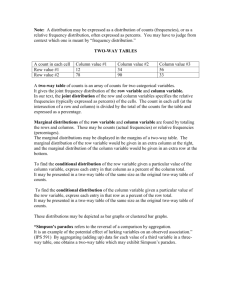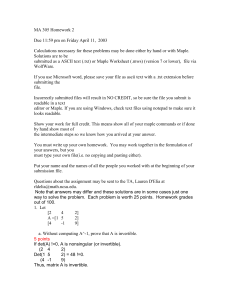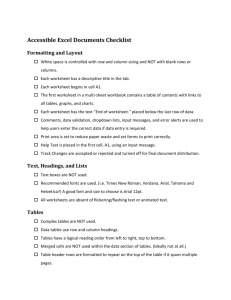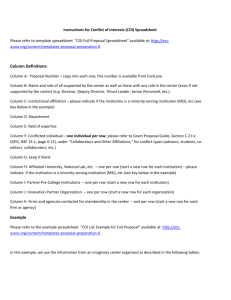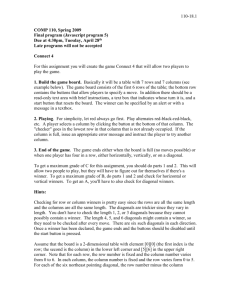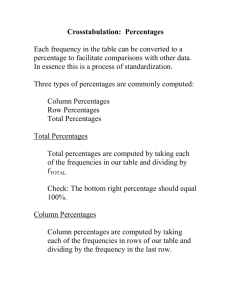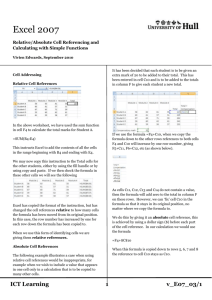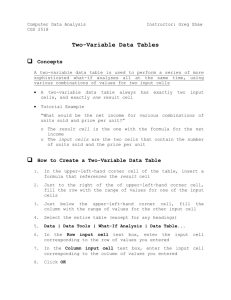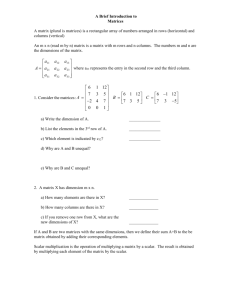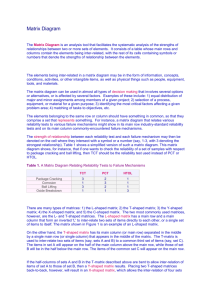Dummy Variables
advertisement
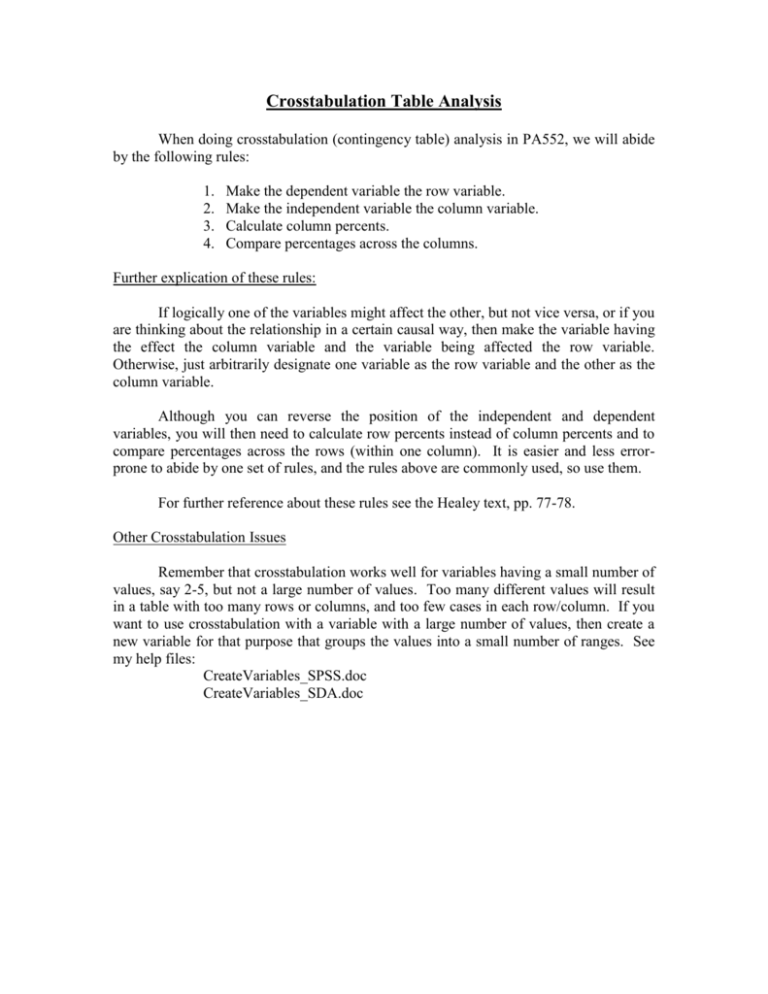
Crosstabulation Table Analysis When doing crosstabulation (contingency table) analysis in PA552, we will abide by the following rules: 1. 2. 3. 4. Make the dependent variable the row variable. Make the independent variable the column variable. Calculate column percents. Compare percentages across the columns. Further explication of these rules: If logically one of the variables might affect the other, but not vice versa, or if you are thinking about the relationship in a certain causal way, then make the variable having the effect the column variable and the variable being affected the row variable. Otherwise, just arbitrarily designate one variable as the row variable and the other as the column variable. Although you can reverse the position of the independent and dependent variables, you will then need to calculate row percents instead of column percents and to compare percentages across the rows (within one column). It is easier and less errorprone to abide by one set of rules, and the rules above are commonly used, so use them. For further reference about these rules see the Healey text, pp. 77-78. Other Crosstabulation Issues Remember that crosstabulation works well for variables having a small number of values, say 2-5, but not a large number of values. Too many different values will result in a table with too many rows or columns, and too few cases in each row/column. If you want to use crosstabulation with a variable with a large number of values, then create a new variable for that purpose that groups the values into a small number of ranges. See my help files: CreateVariables_SPSS.doc CreateVariables_SDA.doc

